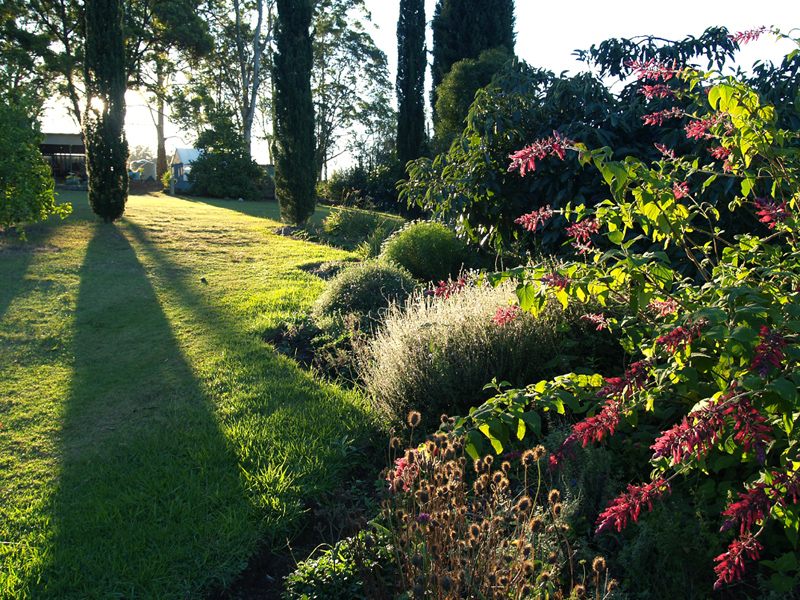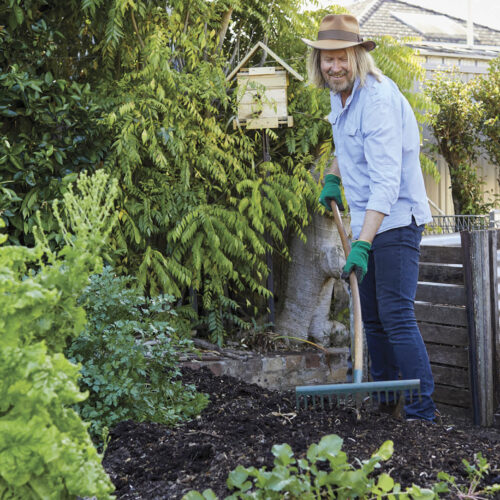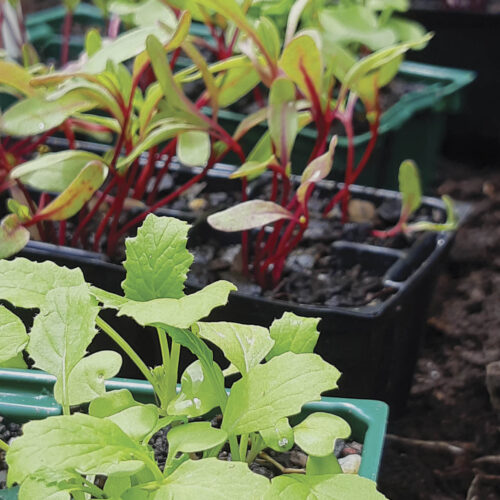How to understand your site
2015-04-22T23:42:34+10:00
As autumn shadows lengthen, JUSTIN RUSSELL says that it's important to analyse the way light falls across your garden.
Summer came to an abrupt halt at my place this week as a cold front swept through southern Queensland. First came 20mm of glorious soaking rain, then came a sting in the tail – a gusty south westerly wind that dropped the daytime temperature to the low teens and the overnight temperature to just above freezing. The first fire of the season has been lit, and is glowing away in my woodheater.
Let’s face it. The party had to come to an end sometime, and I relish the onset of winter. One of the things I love most is the changing quality of light that occurs as the earth tilts away from the sun. This causes a reduction in the intensity of light, making colours appear richer, but from a gardening perspective, a lowering sun means two things in particular: less evaporation and longer shadows.
Each quality has a positive and negative side to it. Less evaporation means less water is required for plants to thrive. On the flipside, it means that soggy positions in the garden dry out more slowly, and may end up staying wet and sloppy for the entire winter. As for shadows, certain plants relish cool shade and thrive during winter, but others that basked in the sun all summer might sulk when they’re forced to steal light during the cooler months.
This is where it really pays to have an understanding of your site. Many gardeners just stumble along, never really analysing their garden to ensure they choose the correct plants for the correct position. As a consequence they spend inordinate amounts of time coaxing along strugglers and moving other plants from position to position. Worse still, some gardeners endure a series of failed plantings and give up.
My advice is stand outside at various times of the day and in various seasons simply analysing how the light falls across your garden. Make a note of where the shadows are cast on the summer solstice, when the sun is at the highest point in the sky, and the winter solstice, when it’s at the lowest. Make mental notes, write something down in a journal, or better still, mark the shadows on a site plan.
Obviously it takes a bit of time to achieve this kind of site analysis. You’ll need at least a year, but that’s not a bad thing. It pays not to rush when making a garden, and once you’ve looked at your place in various seasons you’ll be able to plant with greater confidence.
I lived with my garden for about a year before I did much work on it, but as a result of that year I was able to get a really good understanding of what I had to work with. One of the dominant features of my place is a row 30 metre tall radiata pines along the northern boundary, which obviously cast very long shadows in winter. By analysing my site, I can now show you almost exactly where the shadow line is on the winter solstice and where it is in high summer. When it comes to garden planning, hyper-local knowledge is invaluable.






